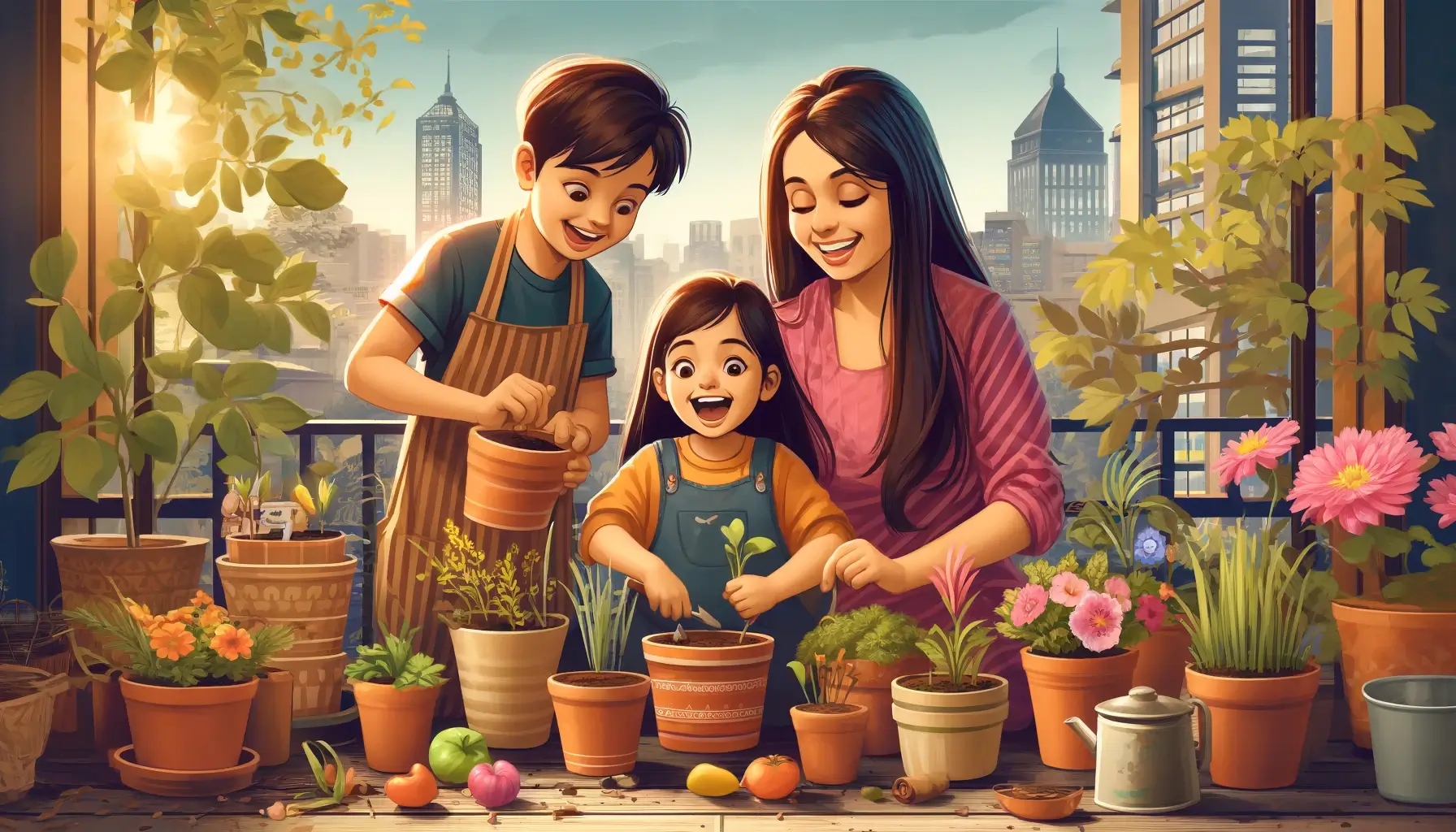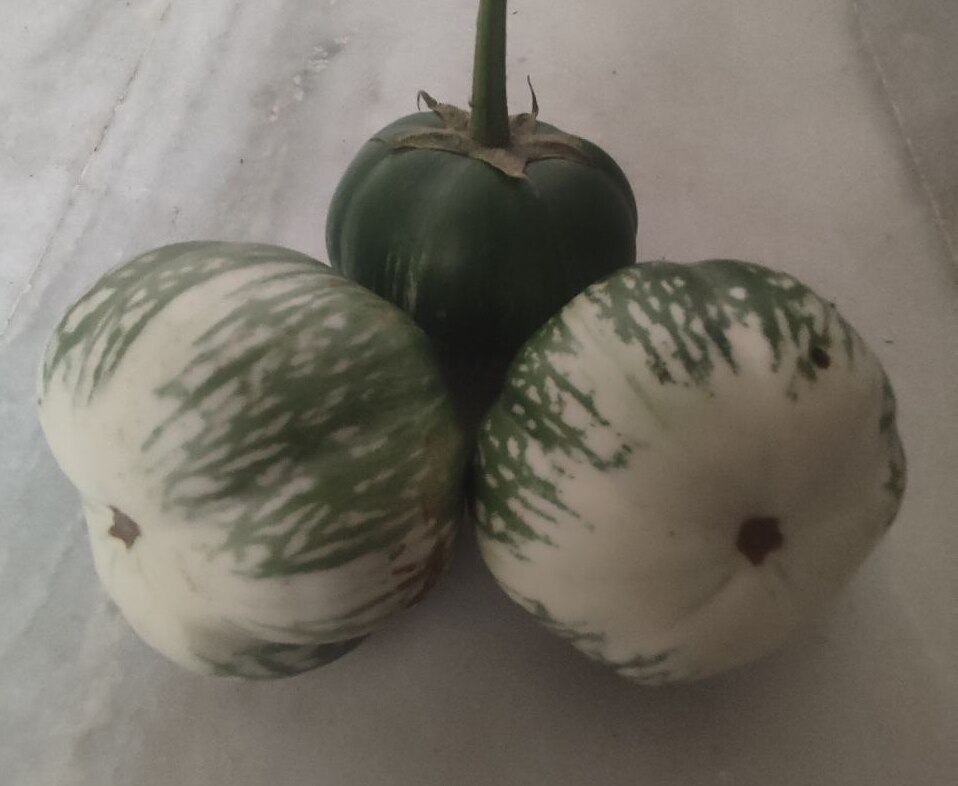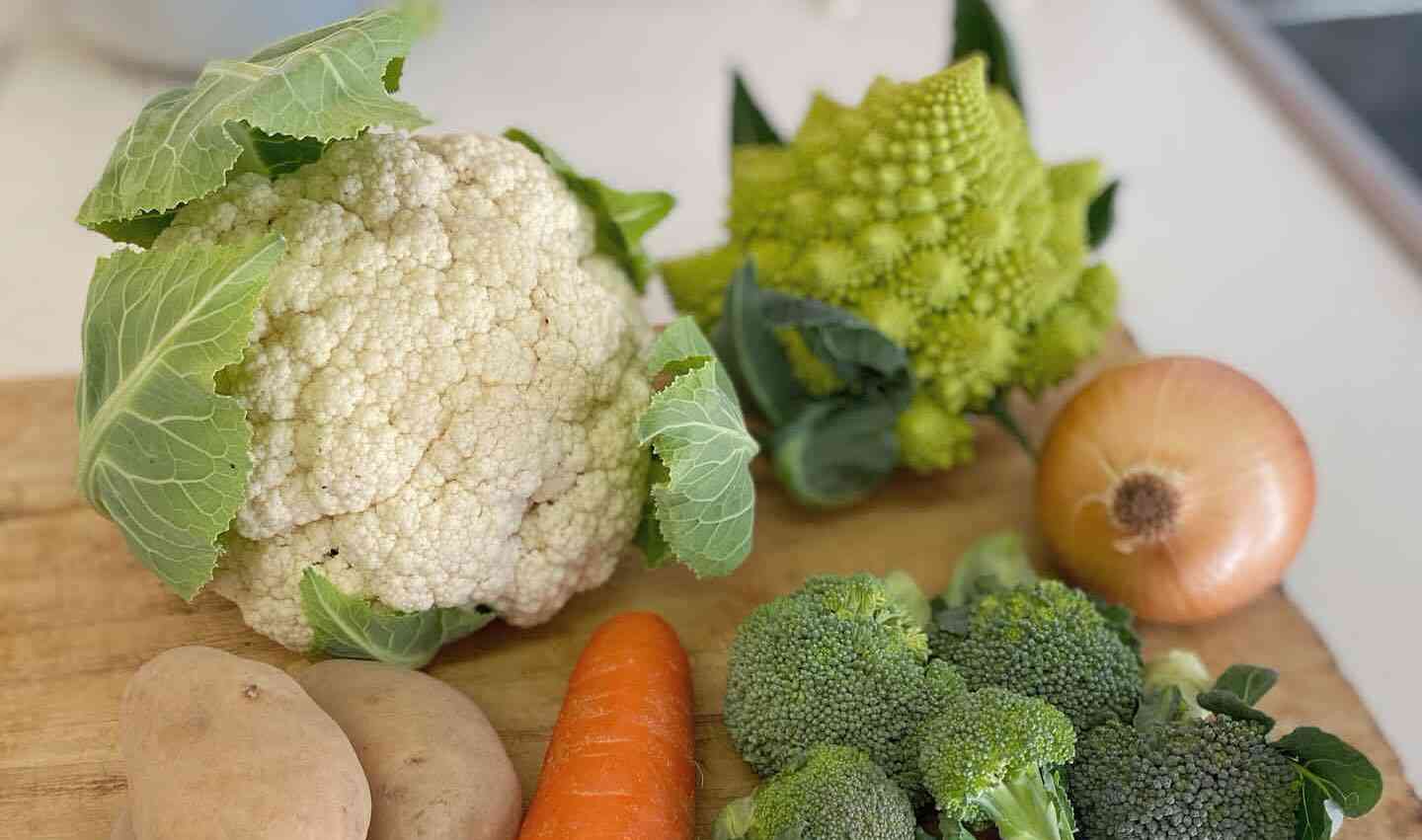Monsoon Blooms: 10 Rainy Season Flowers in India
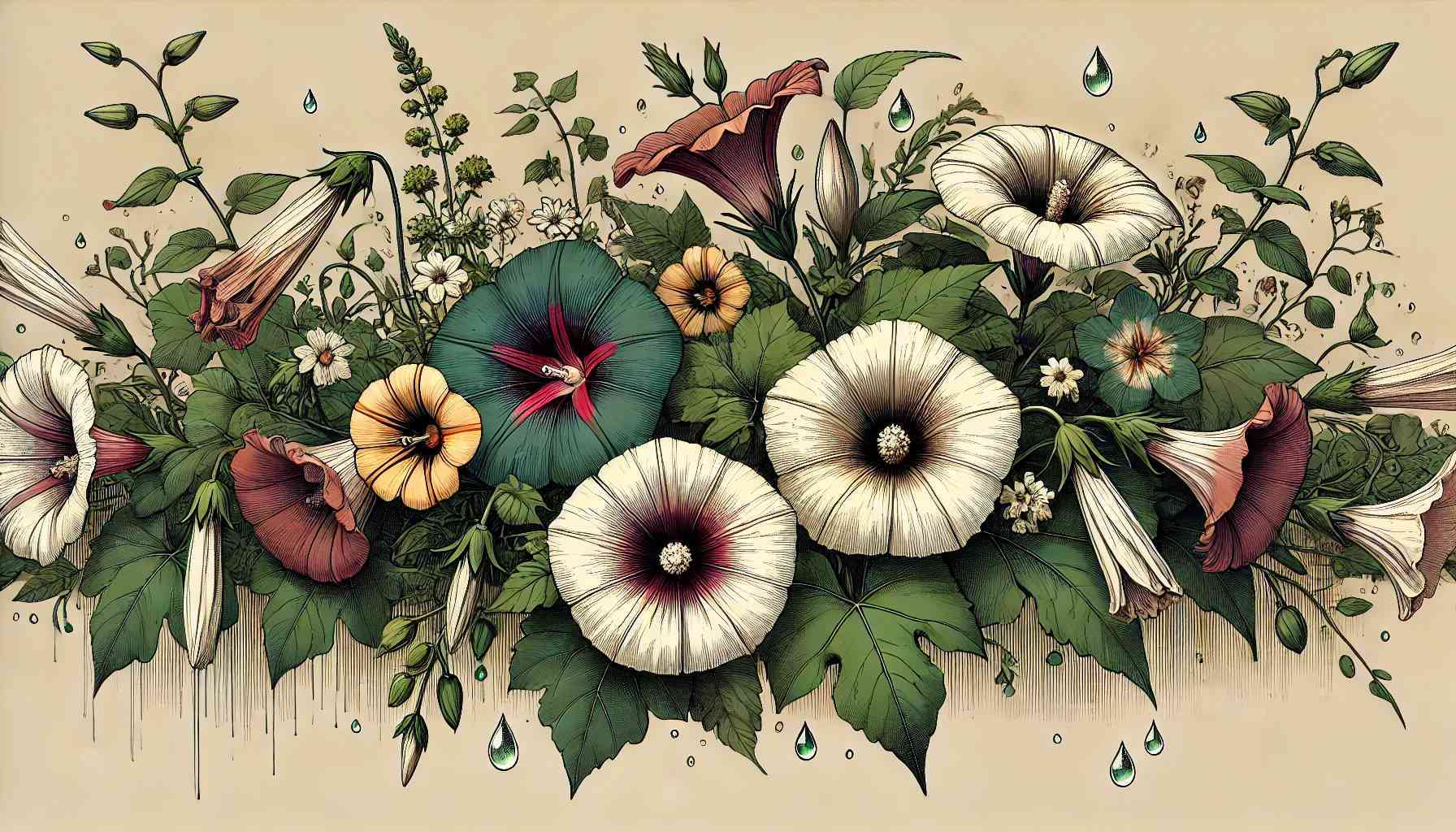
Isn’t the onset of monsoons in India a total mood changer? That’s the time when we say goodbye to the scorching summer and hello to the cool, refreshing rains.
Guess what? Monsoon is not just about enjoying the raindrops and sipping hot chai, it’s also an excellent time to grow some beautiful flowers in your garden or even in small pots on your balcony. Cool, right?
In this blog post, we’re going to talk about the top 10 flowers that you can grow during the monsoon months. These blooms will not only make your garden look vibrant but also add a fresh fragrance to the air. So, are you ready to give your garden a monsoon makeover? Let’s dive in!
10 Rainy Season Flowers for Indian Gardens
Monsoon flowers are a celebration of the season’s exuberance. Here are ten flowers that bloom beautifully in Indian monsoons:
1. Balsam
Ah, the gorgeous Balsam! Its vibrant blooms, with shades varying from white and pink to red and violet, are a sight to behold. Balsams make any garden or patio look lively and are quite a spectacle when planted in containers, bedding and edging.
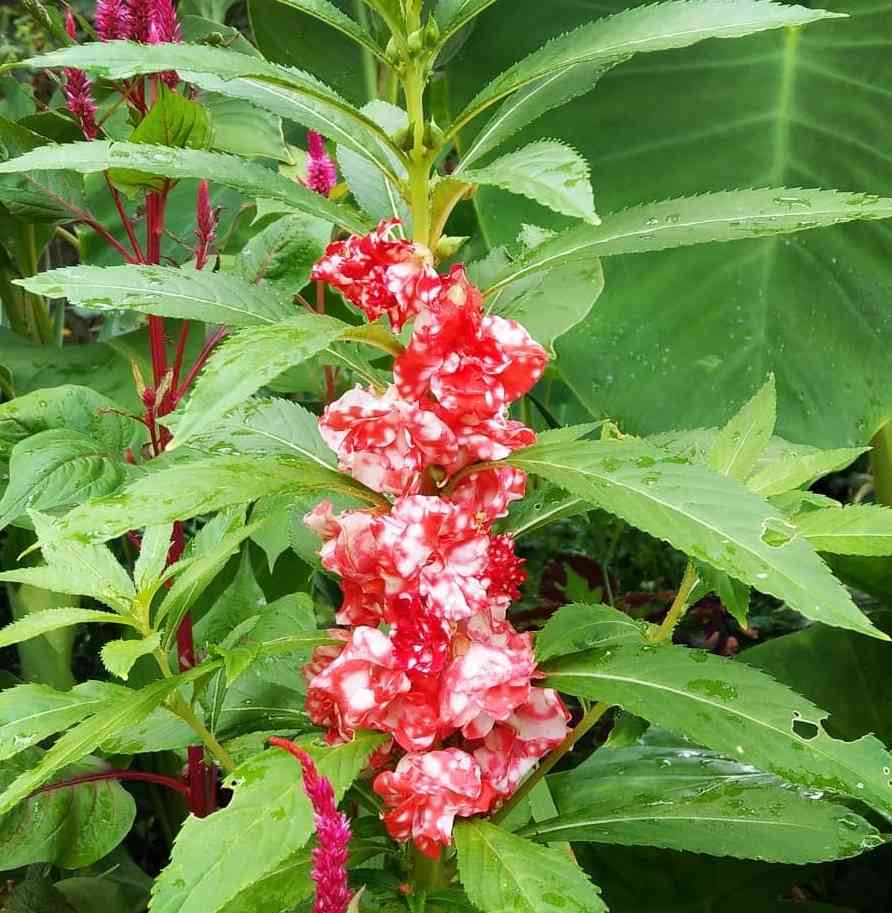
Now, just to let you in on a fun little secret, their seed pods burst when they mature, making it quite fun to mess around with them.
You’ll find that they thrive in well-drained soil and partial sunlight, blooming around 60-70 days post sowing. They’re mostly disease-free but do keep an eye out for pesky aphids and mealybugs.
2. Morning Glory
Rainy season is the best time to sow Morning Glory seeds! The moisture from the rains helps the seeds to germinate quickly, and before you know it, you’ll see the vines spreading rapidly. Morning Glory plants are known for their vigorous growth and resilience.
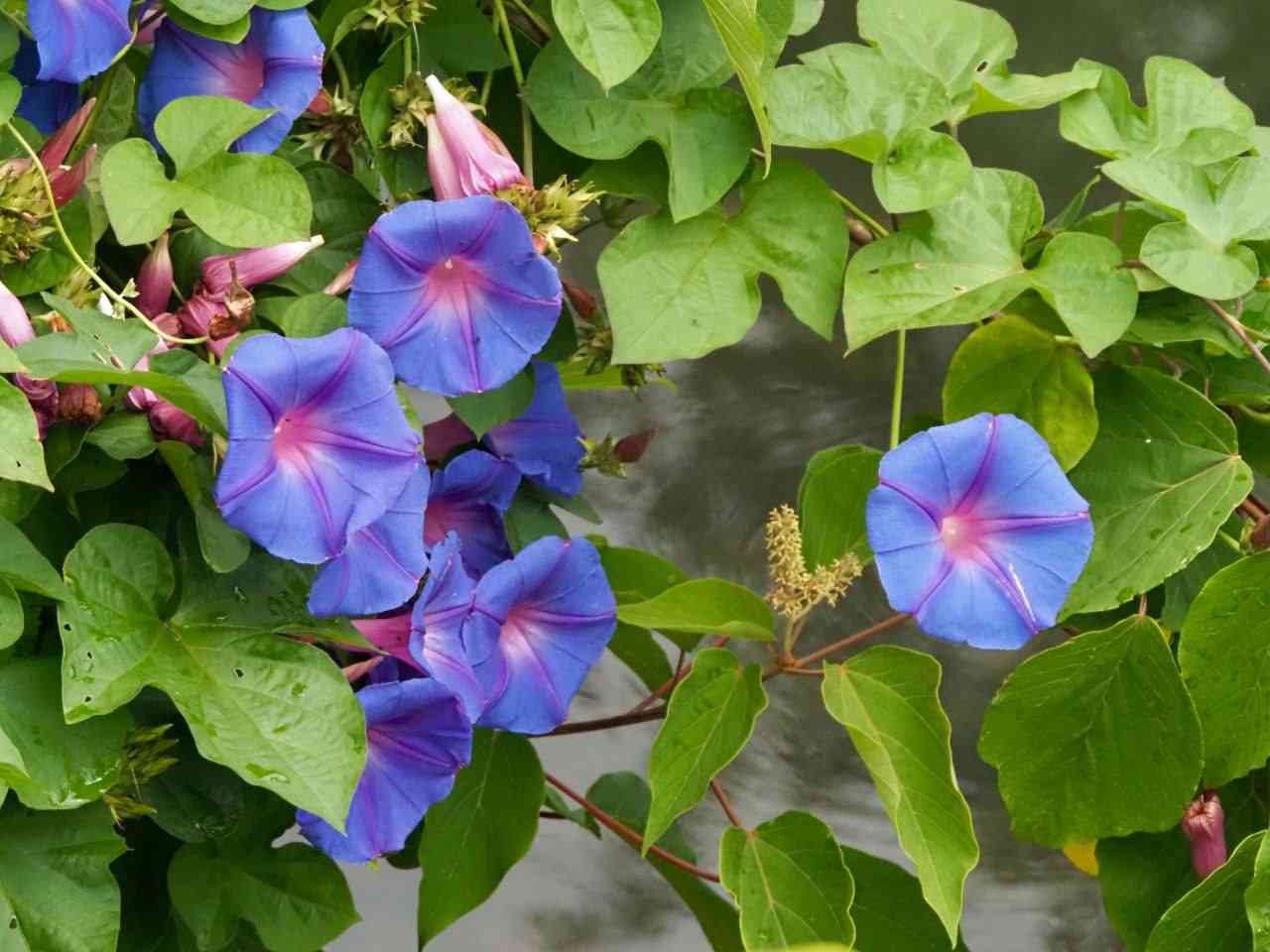
Once planted, these beauties will start to flourish in no time. Their fast-growing vines can cover fences, trellises, or any support structure, creating a stunning green backdrop with vibrant blooms.
One of the best things about Morning Glory is that they will continue to flower until early winter, providing you with months of enjoyment.
3. Butterfly Pea/Aparajita
The Butterfly Pea, also known as Aparajita, is celebrated for its mesmerising blue flowers. In India, it’s a holy flower used in daily puja rituals.
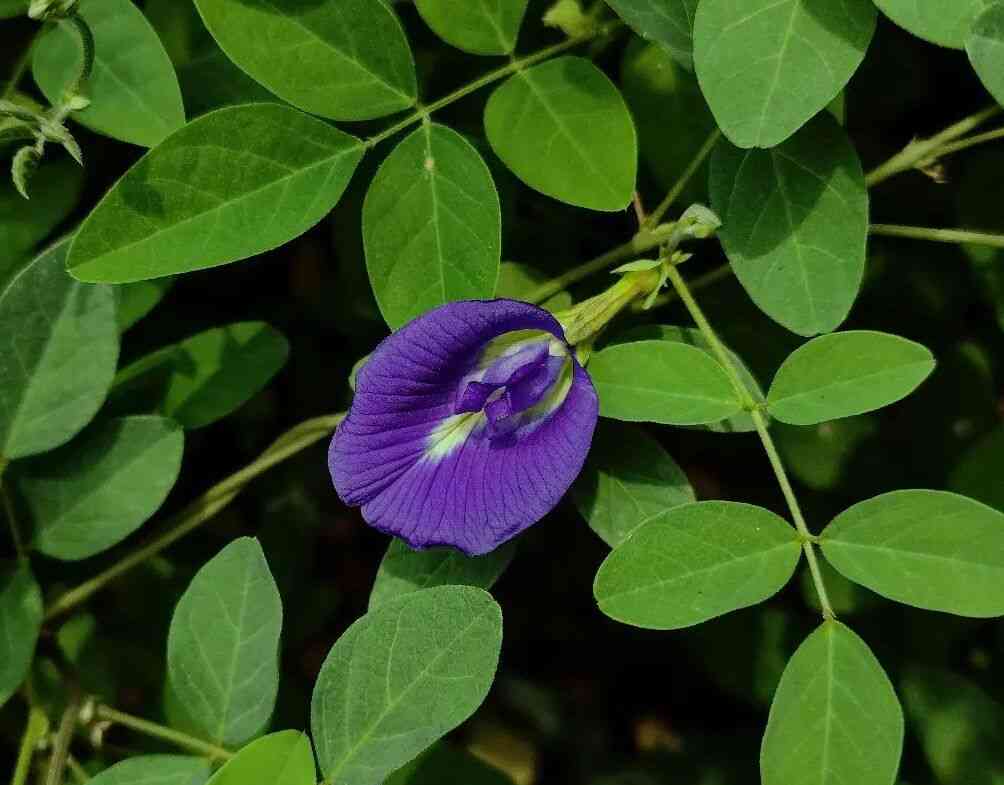
These plants exhibit a lush appearance, particularly during the rainy season. They grow as robust bushes and can be used to adorn the entrances of gardens or homes, adding a touch of elegance and charm.
Interestingly, its flowers are used to create a natural blue tea that has become quite trendy for its health benefits and mesmerising colour-changing properties.
4. Cockscomb
Also known as Celosia, Cockscomb is a unique plant famous for its unusual, crested blooms that somewhat resemble a rooster’s comb.
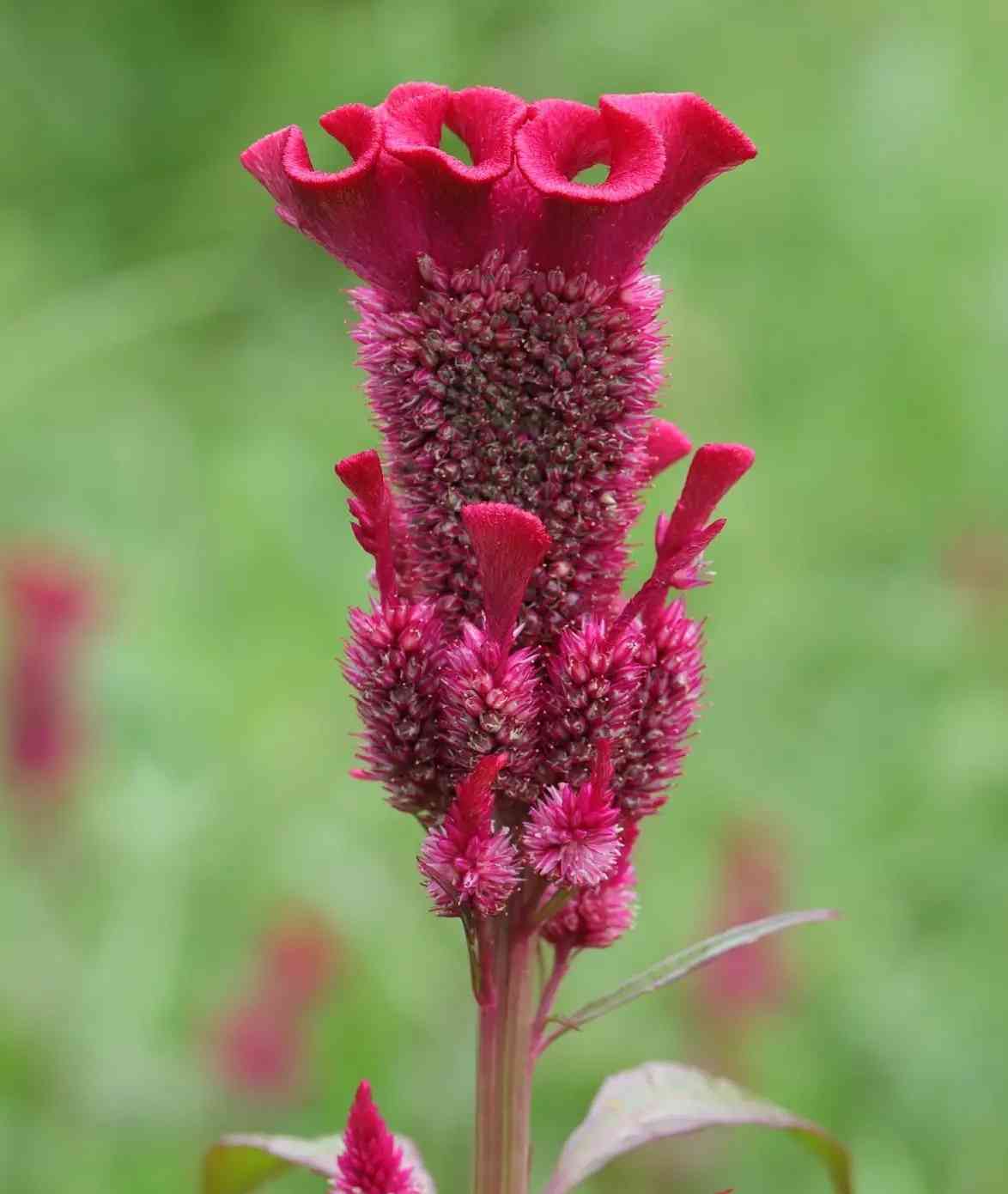
Its crested blooms come in vibrant shades of red, yellow, and pink. They thrive in sunny locations with rich, moist, well-draining soil, and a bit of pruning helps maintain their distinct shape.
5. Vinca
Vinca or Periwinkle, with its starry white, pink and mauve flowers, is a low-care plant that offers a stunning show all summer long. They’re perfect for window boxes and other garden containers, enjoying well-drained soil and partial sun.
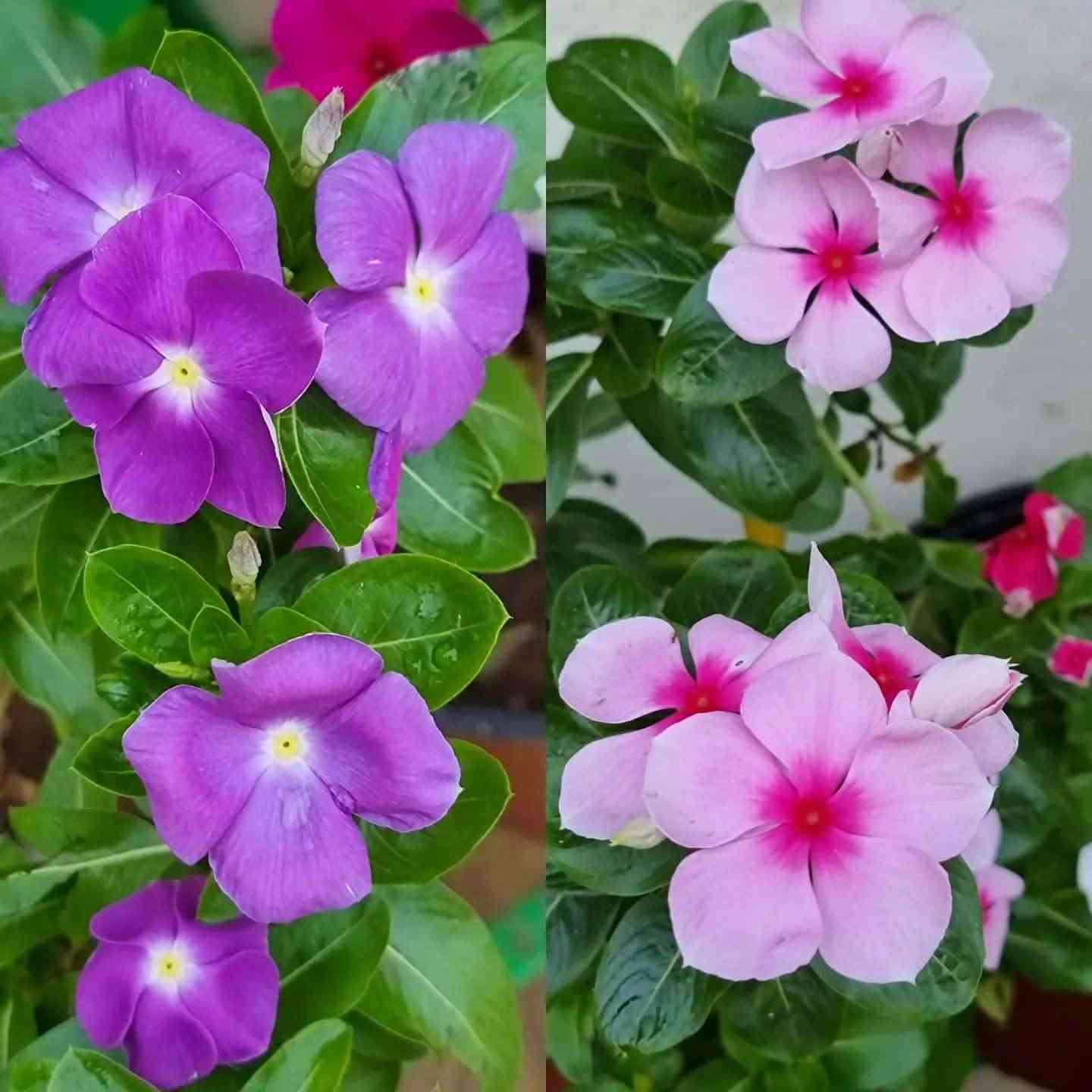
6. Gomphrena
Gomphrena, also known as Globe Amaranth, features round, clover-like blooms in various shades of pink, white, and lavender. Despite being slow to germinate, they’re worth the wait as they make excellent cut flowers, lasting very long in a vase.
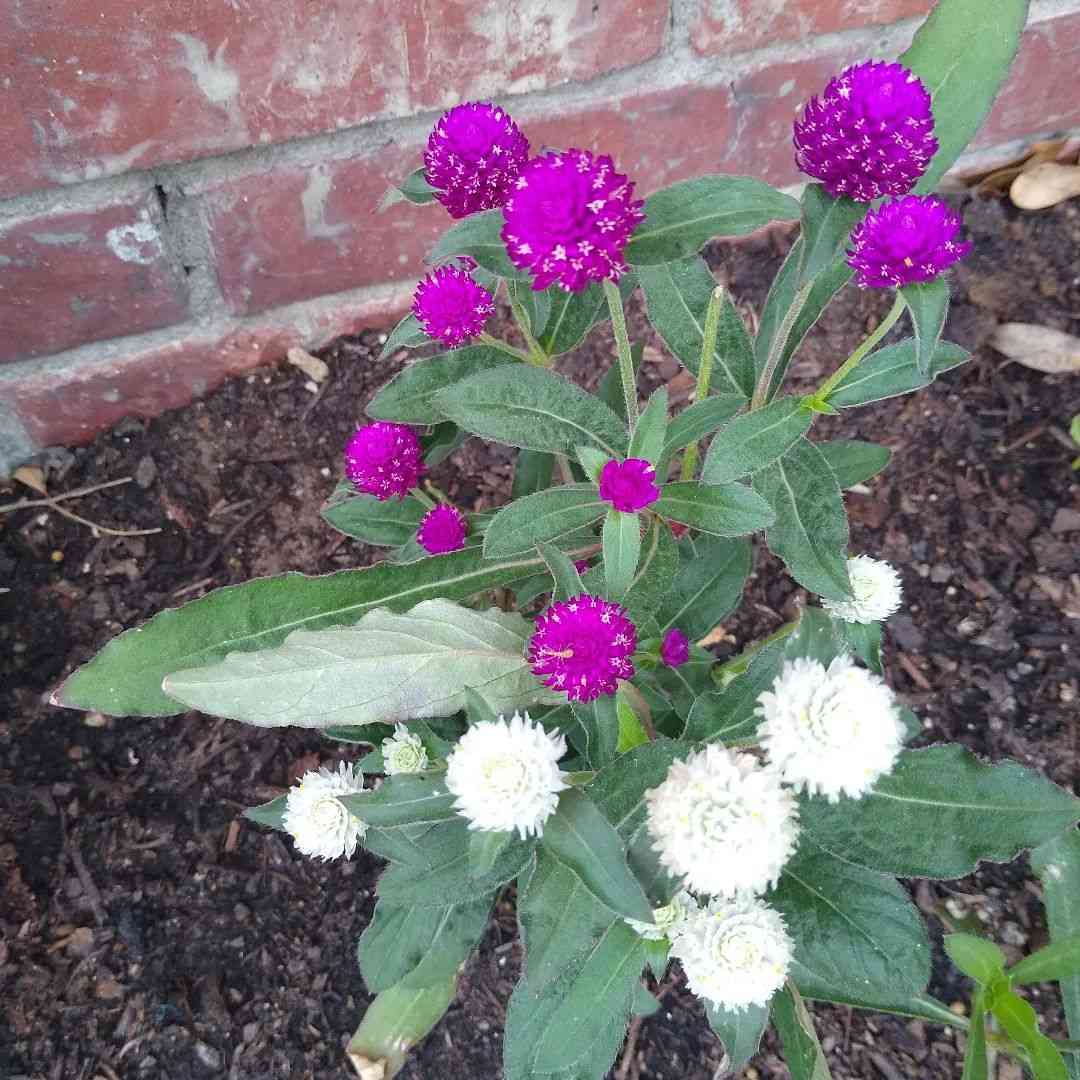
Gomphrena requires full sun and well-drained soil for a colourful show throughout summer.
7. Cosmos
Cosmos are cheerful plants with daisy-like flowers that come in a rainbow of colours from white and pinks to deep maroon. Easy to grow, cosmos thrive in sunny locations and moderately fertile soil.

They’re wonderful for attracting birds, bees, and butterflies, making your garden a little wildlife haven. Plus, they’re excellent cut flowers.
8. Dhatura
Dhatura, a fast-growing, warm-weather annual, is known for its large, trumpet-shaped white flowers that release a sweet, intoxicating fragrance at night.
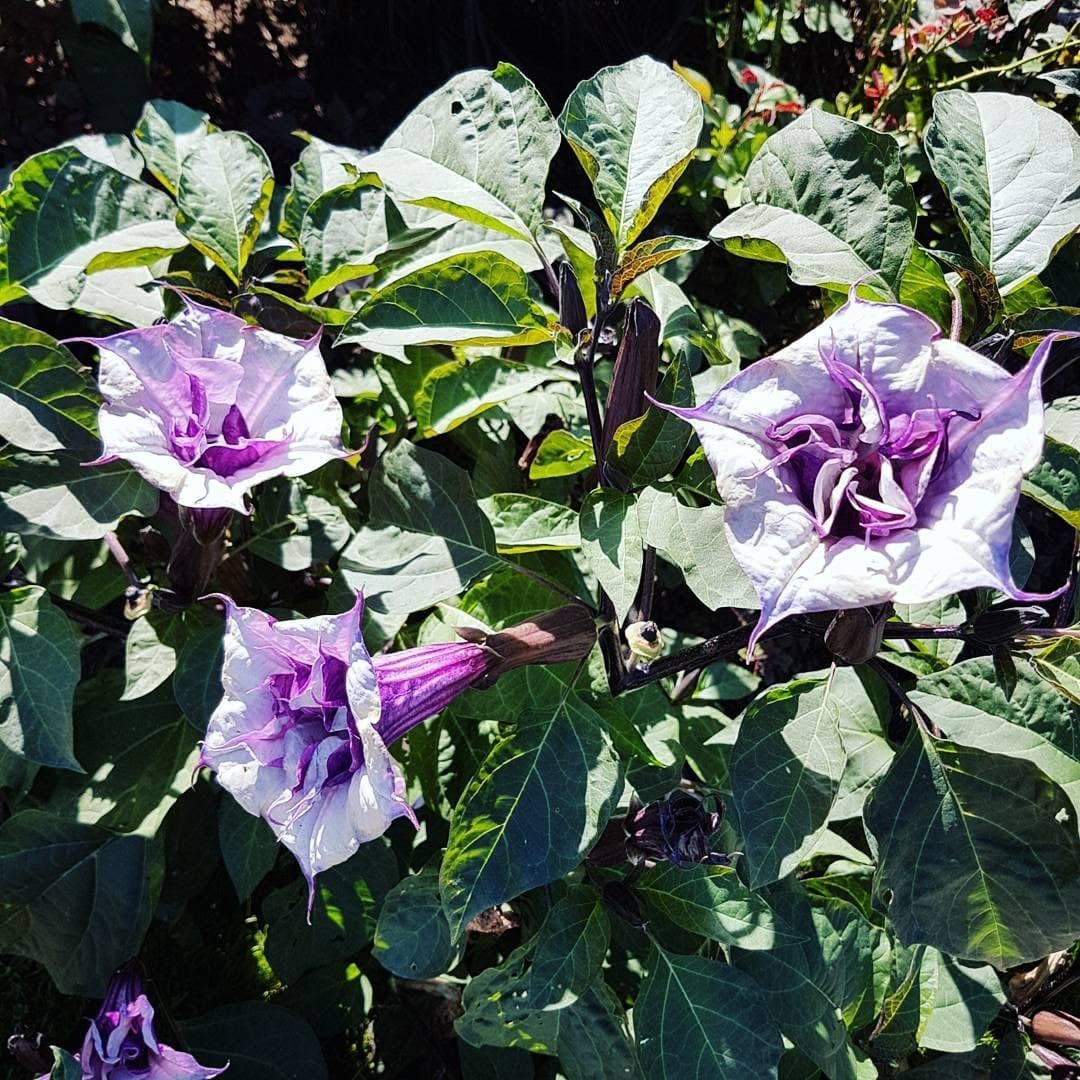
Dhatura is a plant that blooms throughout the year, but its flowers display an extra vibrancy in the moody ambiance of the monsoon season. With water droplets adorning their wide blooms, they become a captivating sight to behold and provide an opportunity to appreciate and enjoy the rain.
While easy to grow from seed, caution is required as all parts of the plant are poisonous if ingested. Dhatura prefers full sun, but it can tolerate partial shade, and it loves well-drained soil.
Also, there are numerous varieties of Dhatura to choose from, adding to the diversity of options.
9. Zinnia
Zinnias are the monsoon’s best friends, with a spectrum of colours from warm oranges to cool blues. They stand tall and proud, bearing bright, solitary, daisy-like flowerheads which makes them an excellent choice as a cutting flower.
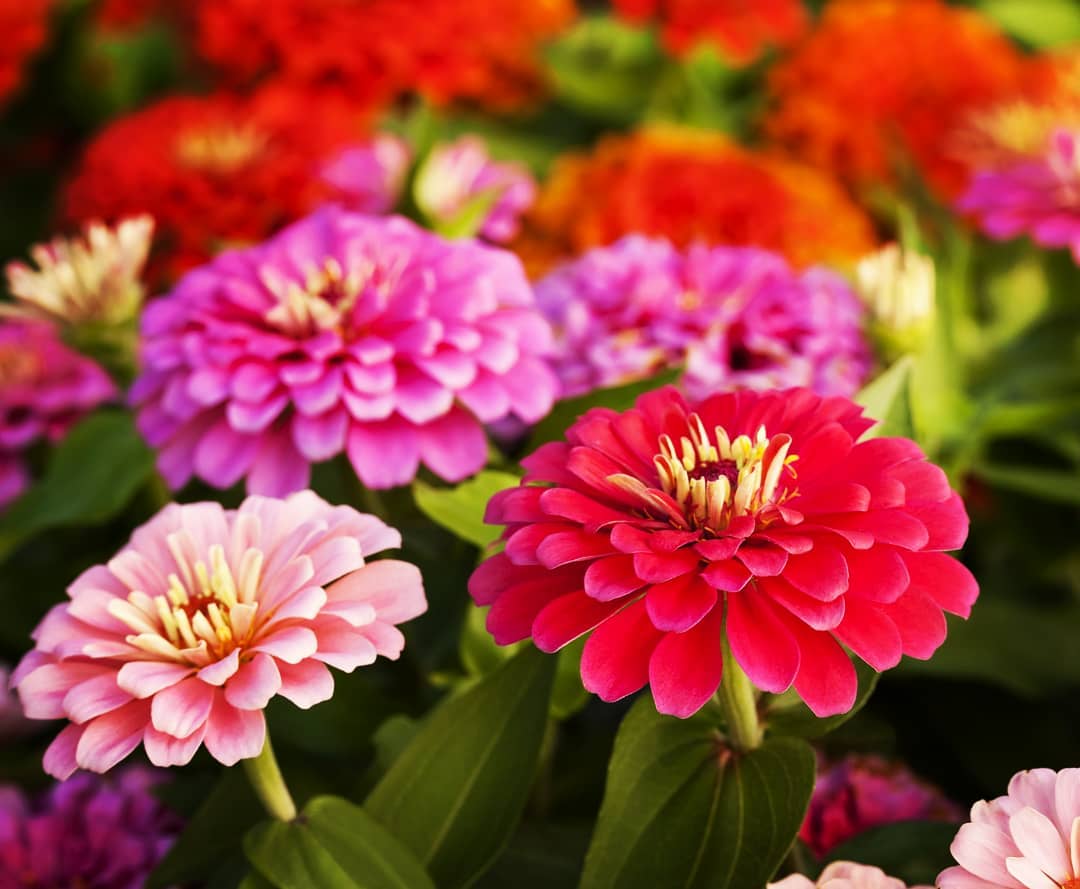
Whether single, semi-double, or double, they all make a fantastic showpiece, perfect for a cutting garden.
Remember, they do need their daily dose of at least six hours of sunlight and moist soil.
10. Salvia
The Salvia family includes a wide range of flowers, but the most popular variety might be Salvia splendens, or scarlet sage, known for its intensely red blooms.
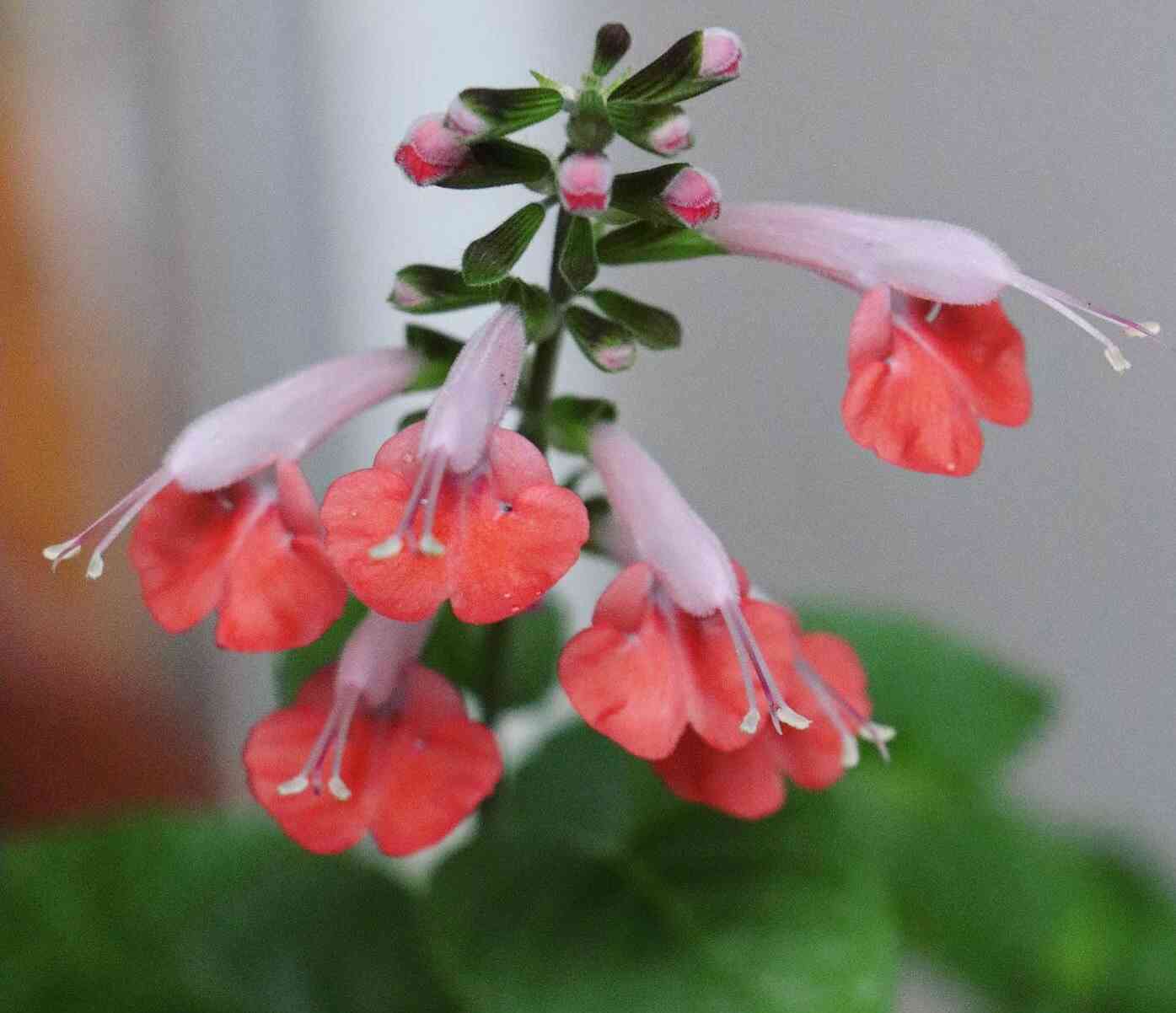
With its intense red blooms, is a low-maintenance flowering plant, a perfect fit for an easy-care garden.
Salvia can be grown in containers too, but pick a large one because it can get quite big.
Growing and Caring for Beautiful Rainy Season Flowers
- Planting during the monsoon season requires careful preparation. Start with cleaning the garden, removing weeds, dead plants, and ensuring the soil is well-drained. Incorporate organic compost or manure into the soil to replenish its nutrients.
- Once your garden is prepped, you can begin planting the seeds or saplings of your chosen flowers. Most flowers require a well-dug pit, about twice the size of their root ball. Place the plant in the pit, cover it with soil, and press lightly.
- Watering needs during the monsoon are usually less due to frequent rains. However, ensure your plants do not sit in waterlogged soil. Fertilize your flowers with organic compost or a slow-release granular fertilizer.
- Common monsoon pests include snails, slugs, and fungus gnats. Use organic pesticides or natural remedies to protect your plants. Pruning is essential to keep your plants healthy and blooming. Remove dead flowers and leaves to promote new growth.
- Once the monsoon season ends, gradually reduce watering. Remove any dead or diseased plants to prevent them from affecting healthy ones.
Monsoon Flower Gardening FAQs: All Your Questions Answered!
1. Can I grow monsoon flowers from seeds or should I opt for seedlings?
You have both options! Growing monsoon flowers from seeds allows you to experience the entire life cycle of the plant, from seed to bloom. However, if you prefer a head start, you can also purchase seedlings from nurseries or garden centers. The choice depends on your preference and gardening expertise.
2. Can I grow these monsoon flowers in containers or small spaces?
Absolutely! Monsoon flowers are versatile and can be grown in containers, hanging baskets, or even in small spaces like balconies or window sills. Just make sure the containers have proper drainage holes and provide enough space for the roots to grow.
3. Can I save seeds from my monsoon flowers for the next season?
Absolutely! Saving seeds from your monsoon flowers is a great way to continue their growth in the next season. Allow the flowers to mature and dry out naturally, then collect the seeds and store them in a cool, dry place until it’s time to sow them again.
4. Can I grow monsoon flowers indoors?
Absolutely! If you don’t have an outdoor garden, you can still enjoy the beauty of monsoon flowers by growing them indoors. Choose flowers that can thrive in indoor conditions, such as Vinca, Marigold, or Zinnia. Place them near a window where they can receive sufficient sunlight, and watch them brighten up your living space.
5. Are there any monsoon flowers with a delightful fragrance?
Yes, there are several monsoon flowers known for their enchanting scents. Dhatura, Jasmine, and some varieties of Gomphrena and Salvia emit lovely fragrances that can fill your garden with their alluring perfume. Enjoy the rain-washed air and the sweet aromas of these blossoms.
6. What other plants or elements can I incorporate alongside my monsoon flowers to create a vibrant garden?
To create a dynamic and diverse garden, consider adding complementary elements like foliage plants, ornamental grasses, or even small water features. These additions create visual interest and provide a harmonious backdrop for your monsoon flowers, resulting in a captivating garden space that’s full of life.
Monsoons are a fantastic time to grow certain flowers that thrive in the rainy season.. There’s a certain joy in seeing your garden with colorful, blooming flowers during the monsoon season. Despite the challenges, the rewards of monsoon gardening are plentiful and truly gratifying.
Do you know of any other plants that bloom during the monsoon? Share your thoughts and suggestions in the comments section below. And if you have any questions, feel free to ask!
Happy monsoon gardening!


